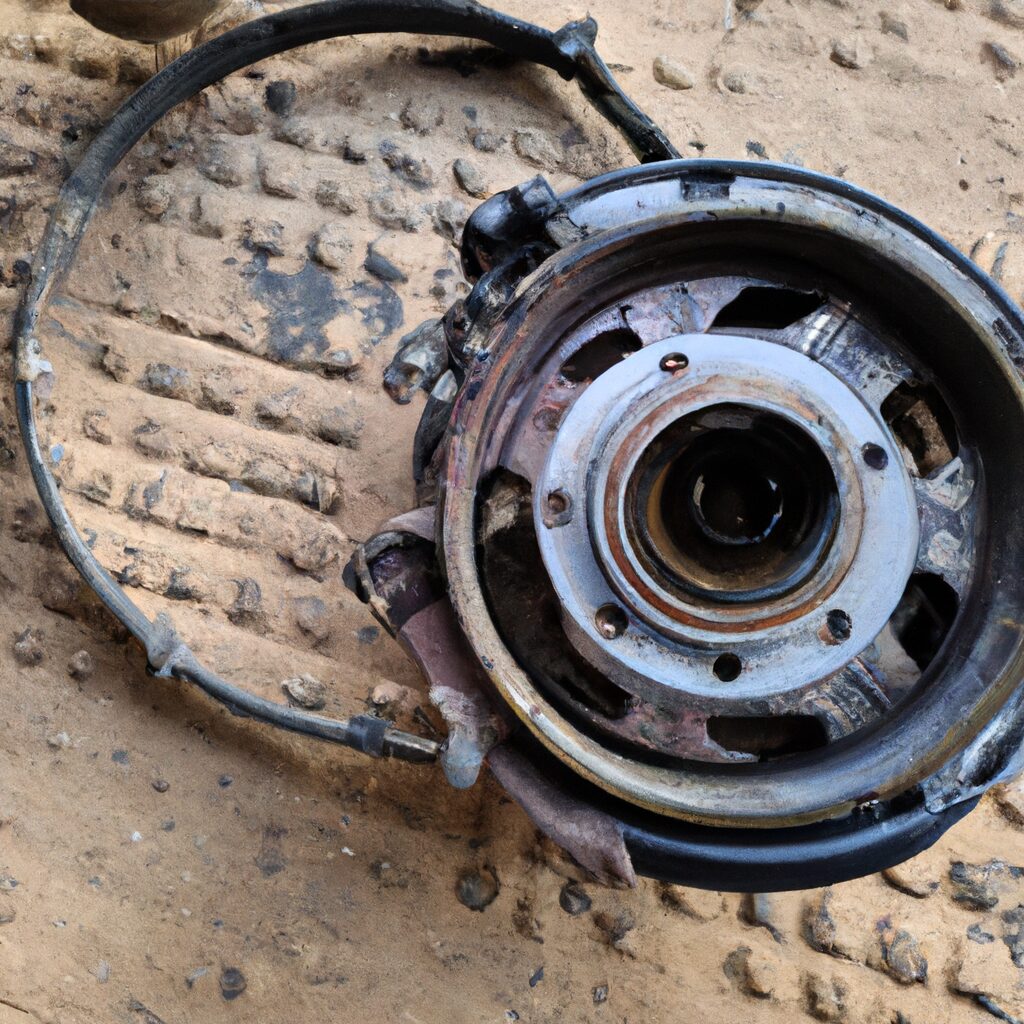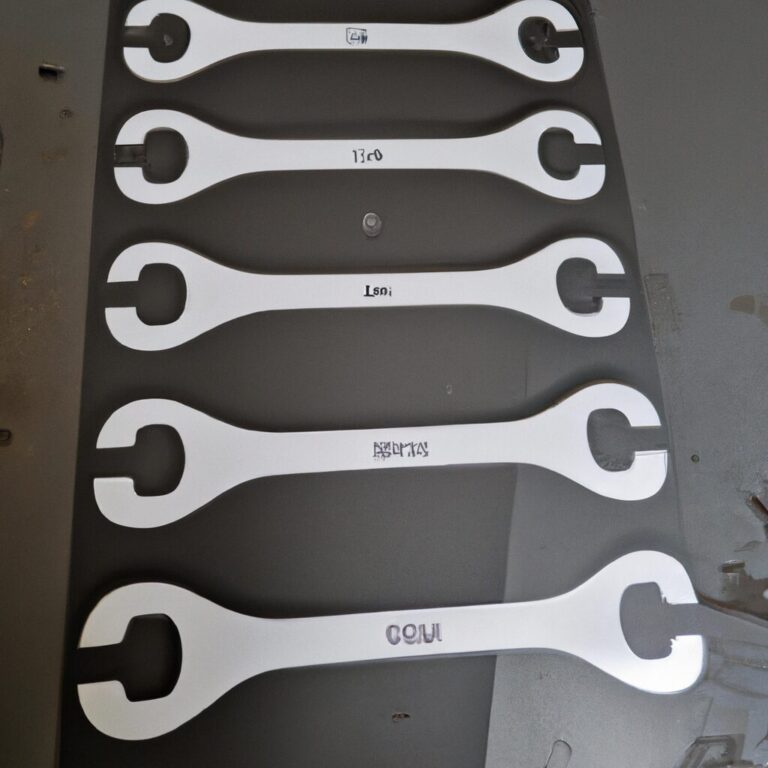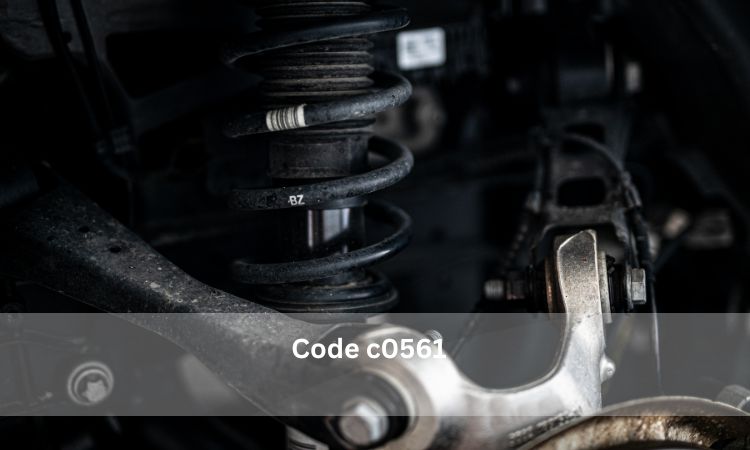what causes a power steering pulley to break
Introduction
Power steering pulleys are an important component of a vehicle’s power steering system. They are responsible for transferring power from the engine to the power steering pump, which in turn helps to make steering easier. Unfortunately, power steering pulleys can break due to a variety of causes, including wear and tear, improper installation, and excessive force. In this article, we will discuss the common causes of power steering pulley failure and how to prevent it.
Common Causes of Power Steering Pulley Breakage
Power steering pulley breakage is a common issue that can occur in vehicles with power steering systems. The power steering pulley is a critical component of the power steering system, as it helps to transfer power from the engine to the power steering pump. When the pulley breaks, it can cause a variety of issues, including a loss of power steering, difficulty turning the steering wheel, and a loud squealing noise.
There are several common causes of power steering pulley breakage. One of the most common causes is a worn or damaged belt. Over time, the belt can become worn or cracked, which can cause it to slip off the pulley. This can cause the pulley to break, as the belt is no longer providing the necessary tension to keep it in place.
Another common cause of power steering pulley breakage is a worn or damaged bearing. The bearing is responsible for keeping the pulley in place and allowing it to rotate freely. If the bearing is worn or damaged, it can cause the pulley to become loose and eventually break.
Finally, power steering pulley breakage can also be caused by a lack of lubrication. The pulley should be regularly lubricated to ensure that it is able to rotate freely and without any friction. If the pulley is not properly lubricated, it can cause the pulley to become stuck and eventually break.
In order to prevent power steering pulley breakage, it is important to regularly inspect the belt and bearing for signs of wear or damage. Additionally, the pulley should be regularly lubricated to ensure that it is able to rotate freely. If any issues are noticed, they should be addressed immediately to prevent further damage.
How to Diagnose a Faulty Power Steering Pulley
Diagnosing a faulty power steering pulley can be a difficult task, but it is important to identify the issue in order to ensure the safety of the vehicle. The following steps will help you diagnose a faulty power steering pulley:
1. Visually inspect the power steering pulley for any signs of damage or wear. Look for cracks, chips, or other signs of damage.
2. Check the power steering belt for any signs of wear or damage. If the belt is worn or damaged, it may be necessary to replace it.
3. Listen for any unusual noises coming from the power steering pulley. If you hear any grinding or squealing noises, it could be a sign of a faulty pulley.
4. Check the power steering fluid level. If the fluid level is low, it could be a sign of a leak in the power steering system.
5. Test the power steering system by turning the steering wheel from side to side. If the power steering system is not functioning properly, it could be a sign of a faulty power steering pulley.
6. If all of the above steps have been completed and the issue is still not resolved, it may be necessary to remove the power steering pulley and inspect it for any signs of damage or wear. If the pulley is damaged, it will need to be replaced.
By following these steps, you should be able to diagnose a faulty power steering pulley. If the issue is not resolved, it is important to seek professional help to ensure the safety of the vehicle.
The Dangers of Driving with a Broken Power Steering Pulley
Driving with a broken power steering pulley can be a dangerous endeavor. Power steering is an important safety feature in modern vehicles, and when it is not functioning properly, it can lead to a number of hazardous situations.
The power steering pulley is responsible for transferring power from the engine to the power steering system. When the pulley is broken, the power steering system will not be able to function properly. This can lead to a number of dangerous situations, including:
1. Loss of control: Without the power steering system, it can be difficult to control the vehicle. This can lead to a loss of control, which can be especially dangerous when driving at high speeds.
2. Increased steering effort: Without the power steering system, it can take a lot of effort to turn the steering wheel. This can be especially difficult for drivers with limited strength or mobility.
3. Increased wear and tear: Without the power steering system, the steering components will be subject to increased wear and tear. This can lead to premature failure of the steering components, which can be dangerous.
For these reasons, it is important to have a broken power steering pulley repaired as soon as possible. Driving with a broken power steering pulley can be dangerous and should be avoided.
How to Replace a Broken Power Steering Pulley
Replacing a broken power steering pulley can be a difficult task, but with the right tools and knowledge, it can be done. This guide will provide step-by-step instructions on how to replace a broken power steering pulley.
Tools and Materials Needed:
-Power steering pulley
-Socket wrench
-Socket set
-Screwdriver
-Hammer
-Pry bar
Step 1: Disconnect the Battery
Before beginning any work on the power steering system, it is important to disconnect the battery to avoid any potential electrical shocks.
Step 2: Remove the Power Steering Belt
Using a socket wrench, loosen the tensioner pulley and remove the power steering belt.
Step 3: Remove the Power Steering Pulley
Using a socket set, remove the bolts that secure the power steering pulley to the power steering pump. Once the bolts are removed, use a screwdriver to pry the pulley off the pump.
Step 4: Install the New Power Steering Pulley
Place the new power steering pulley onto the power steering pump and secure it with the bolts. Make sure the pulley is properly aligned and tightened.
Step 5: Reinstall the Power Steering Belt
Using a hammer, tap the power steering belt onto the pulley. Once the belt is in place, use the socket wrench to tighten the tensioner pulley.
Step 6: Test the System
Start the engine and turn the steering wheel to make sure the power steering system is working properly. If everything is working correctly, the job is complete.
By following these steps, you can easily replace a broken power steering pulley. It is important to make sure the pulley is properly aligned and tightened to ensure the power steering system is working correctly.
The Benefits of Regularly Inspecting Your Power Steering Pulley
Regularly inspecting your power steering pulley is an important part of maintaining your vehicle. The power steering pulley is responsible for transferring power from the engine to the power steering system, and it is essential for the safe and efficient operation of your vehicle. By regularly inspecting your power steering pulley, you can ensure that it is in good working condition and that it is not causing any problems.
The first benefit of regularly inspecting your power steering pulley is that it can help you identify any potential problems before they become serious. By regularly inspecting the pulley, you can spot any signs of wear and tear, such as cracks, rust, or other damage. This can help you identify any potential problems before they become serious and require costly repairs.
Another benefit of regularly inspecting your power steering pulley is that it can help you maintain the efficiency of your vehicle. If the pulley is not in good working condition, it can cause the power steering system to become less efficient. This can lead to increased fuel consumption and decreased performance. By regularly inspecting the pulley, you can ensure that it is in good working condition and that it is not causing any problems.
Finally, regularly inspecting your power steering pulley can help you save money in the long run. If the pulley is not in good working condition, it can cause the power steering system to become less efficient. This can lead to increased fuel consumption and decreased performance, which can be costly to repair. By regularly inspecting the pulley, you can ensure that it is in good working condition and that it is not causing any problems.
In conclusion, regularly inspecting your power steering pulley is an important part of maintaining your vehicle. By regularly inspecting the pulley, you can identify any potential problems before they become serious, maintain the efficiency of your vehicle, and save money in the long run. Therefore, it is important to regularly inspect your power steering pulley to ensure that it is in good working condition and that it is not causing any problems.
How to Prevent Power Steering Pulley Breakage
Power steering pulleys are an important component of a vehicle’s power steering system. They are responsible for transferring power from the engine to the power steering pump, which in turn helps to make steering easier. Unfortunately, power steering pulleys can be prone to breakage due to wear and tear, or due to improper installation. To prevent power steering pulley breakage, it is important to take the following steps:
1. Regularly inspect the power steering pulley for signs of wear and tear. If any signs of wear are noticed, the pulley should be replaced immediately.
2. Make sure the power steering pulley is properly installed. If the pulley is not properly installed, it can cause excessive wear and tear, leading to breakage.
3. Make sure the power steering system is properly maintained. This includes regularly checking the fluid levels and replacing the fluid as needed.
4. Make sure the power steering belt is properly tensioned. If the belt is too loose, it can cause excessive wear and tear on the pulley, leading to breakage.
5. Make sure the power steering pump is in good working condition. If the pump is not functioning properly, it can cause excessive wear and tear on the pulley, leading to breakage.
By following these steps, you can help to ensure that your power steering pulley remains in good condition and does not suffer from breakage.
The Impact of Extreme Weather on Power Steering Pulleys
Extreme weather conditions can have a significant impact on power steering pulleys. In extreme cold temperatures, the rubber components of the pulley can become brittle and crack, leading to a loss of power steering. In extreme heat, the rubber components can become soft and expand, leading to a loss of tension in the pulley and a decrease in power steering performance.
In cold weather, the rubber components of the pulley can become brittle and crack due to the contraction of the rubber. This can lead to a loss of power steering as the pulley is unable to turn the steering wheel. In addition, the cold weather can cause the metal components of the pulley to become brittle and break, leading to a complete loss of power steering.
In hot weather, the rubber components of the pulley can become soft and expand due to the heat. This can lead to a loss of tension in the pulley, resulting in a decrease in power steering performance. In addition, the heat can cause the metal components of the pulley to become soft and bend, leading to a complete loss of power steering.
To prevent damage to power steering pulleys due to extreme weather conditions, it is important to regularly inspect the pulley for signs of wear and tear. If any damage is found, it is important to replace the pulley as soon as possible to ensure that power steering performance is not compromised. Additionally, it is important to ensure that the pulley is properly lubricated to reduce the risk of damage due to extreme weather conditions.
In conclusion, extreme weather conditions can have a significant impact on power steering pulleys. It is important to regularly inspect the pulley for signs of wear and tear and to ensure that it is properly lubricated to reduce the risk of damage due to extreme weather conditions.
The Role of Poor Maintenance in Power Steering Pulley Breakage
Poor maintenance is a major factor in power steering pulley breakage. Power steering pulleys are an important component of the power steering system, and when they break, it can cause serious damage to the vehicle. Poor maintenance can lead to pulley breakage in several ways.
First, inadequate lubrication can cause the pulley to wear out prematurely. The pulley is designed to move smoothly and efficiently, and if it is not properly lubricated, it can become dry and brittle, leading to breakage. Additionally, if the pulley is not regularly inspected for signs of wear and tear, it can become damaged over time, leading to breakage.
Second, improper installation can also lead to pulley breakage. If the pulley is not installed correctly, it can become misaligned, leading to excessive wear and tear. Additionally, if the pulley is not properly secured, it can become loose, leading to breakage.
Finally, poor maintenance can also lead to pulley breakage due to corrosion. If the pulley is not regularly inspected for signs of corrosion, it can become weakened and eventually break.
In conclusion, poor maintenance is a major factor in power steering pulley breakage. It is important to regularly inspect and lubricate the pulley, as well as ensure that it is properly installed and secured. Additionally, it is important to regularly inspect the pulley for signs of corrosion. By taking these steps, you can help ensure that your power steering pulley remains in good condition and does not break.
Q&A
1. What are the most common causes of a power steering pulley breaking?
The most common causes of a power steering pulley breaking are wear and tear due to age, improper installation, and excessive force applied to the pulley.
2. How can I tell if my power steering pulley is worn out?
You can tell if your power steering pulley is worn out by inspecting it for signs of wear and tear, such as cracks, chips, or other damage. You can also check for any loose or missing bolts.
3. What happens if I don’t replace my power steering pulley when it’s worn out?
If you don’t replace your power steering pulley when it’s worn out, it can cause the power steering system to malfunction, resulting in a loss of steering control.
4. What are the risks of driving with a worn out power steering pulley?
The risks of driving with a worn out power steering pulley include a loss of steering control, increased wear and tear on other components of the power steering system, and increased risk of an accident.
5. How often should I replace my power steering pulley?
It is recommended that you replace your power steering pulley every 50,000 miles or as needed.
6. What are the signs that my power steering pulley needs to be replaced?
The signs that your power steering pulley needs to be replaced include a grinding noise when turning the steering wheel, a loss of steering control, and visible signs of wear and tear.
7. What should I do if my power steering pulley breaks while I’m driving?
If your power steering pulley breaks while you’re driving, you should immediately pull over and turn off the engine. You should then call for assistance and have the vehicle towed to a repair shop.
8. How can I prevent my power steering pulley from breaking?
You can prevent your power steering pulley from breaking by regularly inspecting it for signs of wear and tear, ensuring that it is properly installed, and avoiding excessive force when turning the steering wheel.
Conclusion
In conclusion, a power steering pulley can break due to a variety of causes, including wear and tear, improper installation, and a lack of lubrication. It is important to regularly inspect and maintain the power steering system to ensure that the pulley does not become damaged or worn out. Additionally, it is important to use the correct parts and tools when installing or replacing the power steering pulley to ensure that it is properly secured and functioning correctly.



